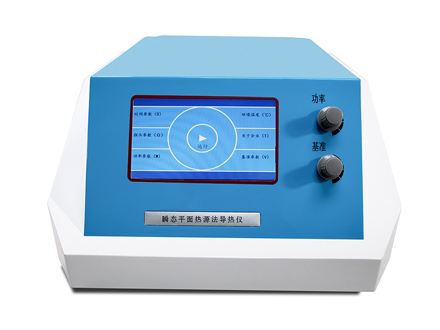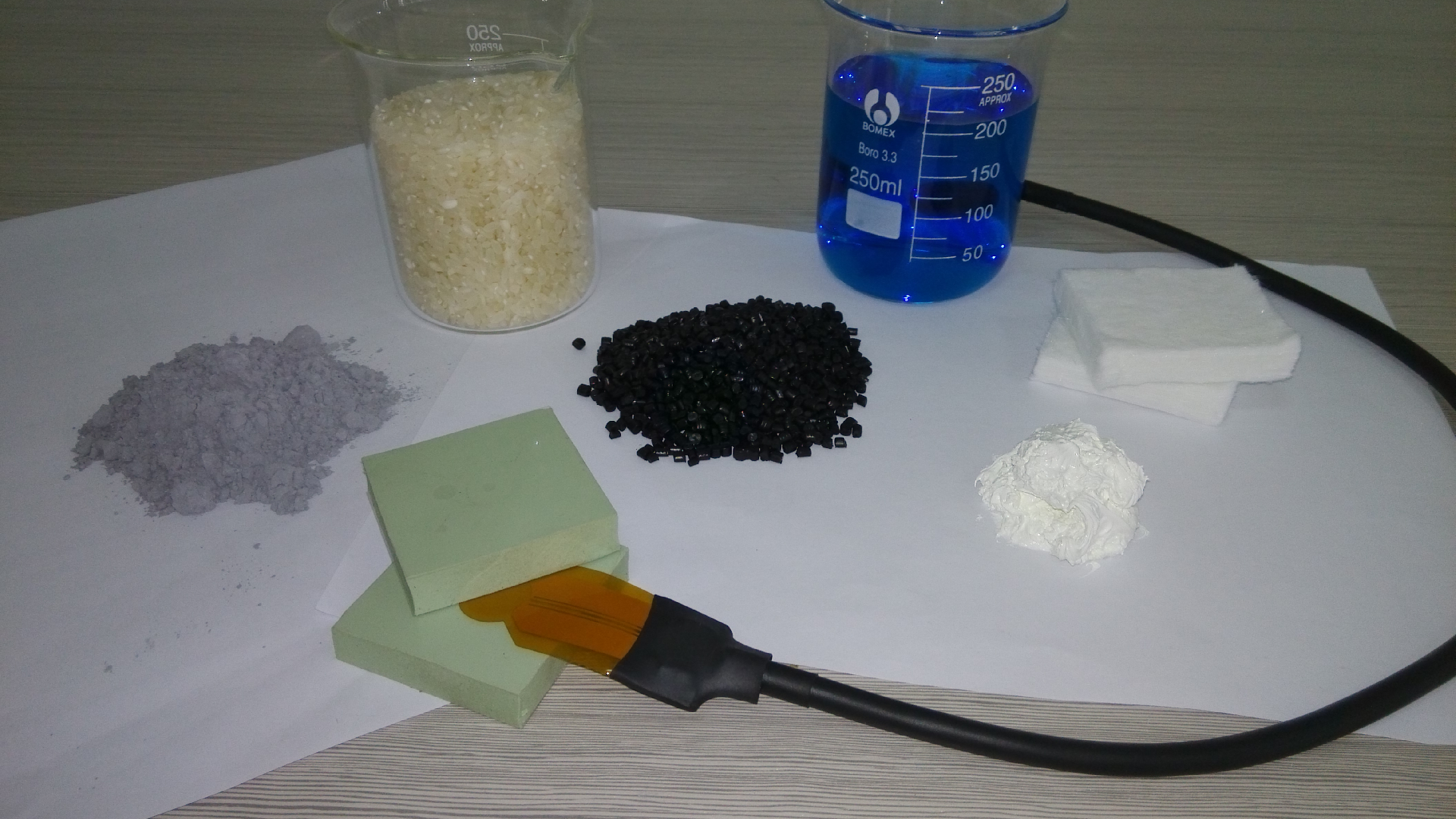HCDR-S Transient Plane Heat Source Method Thermal Conductivity Meter
Product classification: Thermal conductivity tester
The transient planar heat source technique (TPS) is a novel method for measuring thermal conductivity. It determines the thermophysical properties of materials based on the transient temperature response produced by a disk-shaped heat source heated in
Order Hotline:+086-025-52702696
ConsultProduct Introduction
HCDR-S is a thermal conductivity tester developed by utilizing the Transient Plane Heat Source (TPS) technology, which can be used to test the thermal conductivity of different types of materials. The TPS method is one of the most up-to-date methods for studying thermal conductivity, and it brings measurement technology to a whole new level. It is able to measure thermal conductivity quickly and accurately in the study of materials, which provides great convenience for enterprise quality control, material production and laboratory research. The instrument is easy to operate, the method is simple and easy to understand, and will not cause damage to the measured sample.

Principle of operation

Test Objects

Instrument features
1、Reference standard of the instrument: ISO 22007-2 2008
2、Wide range of tests, stable test performance, in the domestic similar instruments, at the leading level;
3, direct measurement, test time 5-160s or so can be set, can quickly and accurately measure the thermal conductivity, saving a lot of time;
4、Won't be affected by contact thermal resistance as static method;
5, no special sample preparation, no special requirements for the sample shape, lumpy solids only relatively smooth sample surface and meet the length and width of at least twice the diameter of the probe can be;
6, non-destructive testing of the sample means that the sample can be reused;
7, the probe is designed using the structure of the double helix, combined with the exclusive mathematical model, the use of core algorithms to analyze and calculate the data collected on the probe;
8, the structure of the sample stage is cleverly designed, easy to operate, suitable for placing samples of different thicknesses, while simple and beautiful;
9, the data acquisition on the probe uses an imported data acquisition chip, the chip's high resolution, which can make the test results more accurate and reliable;
10, the control system of the host uses an ARM microprocessor, the operation speed is faster than the traditional microprocessor, which improves the system's analytical processing capability and calculates the results more accurately;
11, the instrument can be used for lump solids, paste solids, granular solids, colloids, liquids, powders, coatings, films, insulation materials, such as the determination of thermal physical parameters;
12, intelligent man-machine interface, color LCD screen display, touch screen control, easy and simple operation;
13, powerful data processing capabilities. Highly automated computer data communication and report processing system.
Technical Parameters
1.Test range:0.0001-300 W/(m*K)
2. Measurement of sample temperature range: -20 ℃ -200 ℃ (optional external temperature control equipment)
3.Probe Diameter:No.1 probe 7.5mm; No.2 probe 15mm; No.3 probe 30mm
4. Precision: ± 3%
5.Repeatability error:≤3%
6.Measuring time:5~160 seconds
7.Power supply:AC 220V
8.Power:﹤500w
9.Temperature rise of sample:﹤15℃.
10.Test sample power P: No.1 probe power 0<P<1w; No.2 probe power 0<P<14w; No.3 probe power 0<P<14w
11. Sample specifications:Single sample measured by the first probe (15 * 15 * 3.75mm)
Single sample measured by the second probe (30*30*7.5mm)
Single sample measured by No. 3 probe (60*60*2mm)
Note: No. 1 probe measured by the thin thickness of low-conductivity materials; No. 2 probe for the conventional general-purpose probe; No. 3 probe measured by the thermal conductivity of the larger high-conductivity materials. If the measured sample surface is smooth and flat and sticky can be superimposed on the sample.
-
 HCDR-S Transient Plane Heat Sou
The transient planar heat source technique (TPS) is a novel method for measuring ...
HCDR-S Transient Plane Heat Sou
The transient planar heat source technique (TPS) is a novel method for measuring ...
- Nanjing Huicheng Instrument Co., Ltd
- Service hotline:025-52702696
- After-sale service:025-52702696
- E-mail:njhcyq@163.com
- Company address: Building 3, runjing Technology Plaza, No.9, Tianhang West Road, Jiangning District, Nanjing

